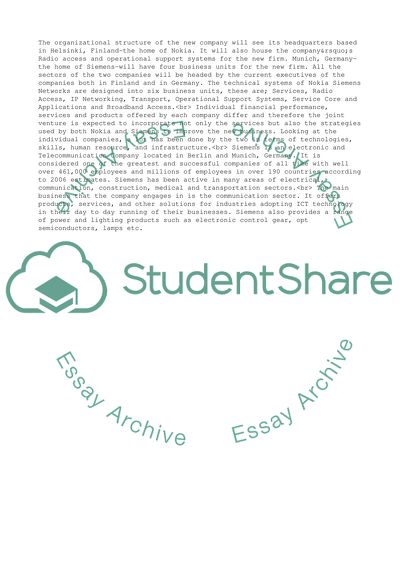Cite this document
(“Nokia Siemens Networks Essay Example | Topics and Well Written Essays - 2000 words”, n.d.)
Nokia Siemens Networks Essay Example | Topics and Well Written Essays - 2000 words. Retrieved from https://studentshare.org/business/1541007-case-study-nokia-siemens-networks
Nokia Siemens Networks Essay Example | Topics and Well Written Essays - 2000 words. Retrieved from https://studentshare.org/business/1541007-case-study-nokia-siemens-networks
(Nokia Siemens Networks Essay Example | Topics and Well Written Essays - 2000 Words)
Nokia Siemens Networks Essay Example | Topics and Well Written Essays - 2000 Words. https://studentshare.org/business/1541007-case-study-nokia-siemens-networks.
Nokia Siemens Networks Essay Example | Topics and Well Written Essays - 2000 Words. https://studentshare.org/business/1541007-case-study-nokia-siemens-networks.
“Nokia Siemens Networks Essay Example | Topics and Well Written Essays - 2000 Words”, n.d. https://studentshare.org/business/1541007-case-study-nokia-siemens-networks.


